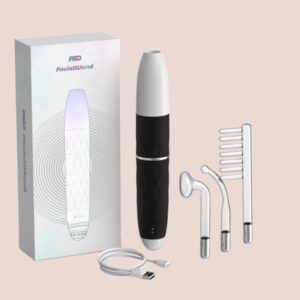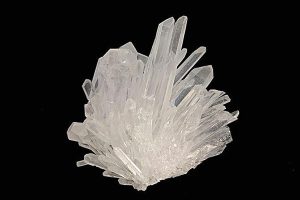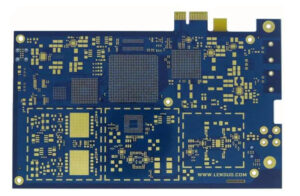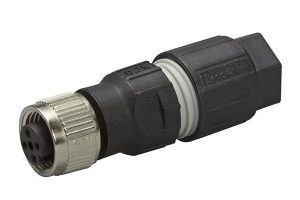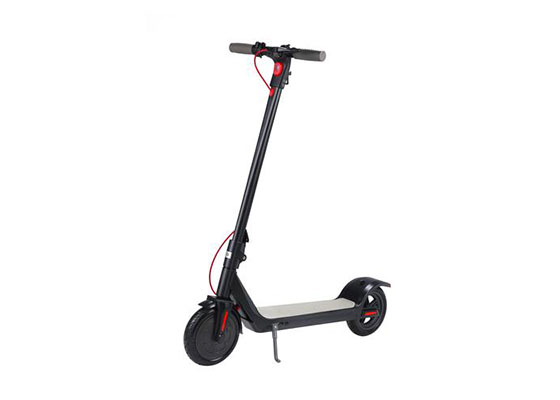
Water damage is a common issue faced by electric scooter owners, and if not addressed promptly, it can lead to costly repairs or even render the scooter unusable. In this guide, we will walk you through the steps to fix electric scooter water damage, helping you restore your scooter to its optimal condition. By following these steps, you can increase the chances of salvaging your electric scooter and avoid unnecessary expenses.
Step 1: Assess the Extent of the Water Damage
Before diving into repairs, it’s essential to assess the extent of the water damage your electric scooter has sustained. Look out for signs such as non-functional controls, flickering lights, or unusual sounds. This assessment will help you identify which components are affected and require immediate attention.
Step 2: Disconnect and Remove the Battery
The first and most crucial step is to disconnect the power source. This ensures your safety while working on the scooter and prevents further damage. To remove the battery, refer to the manufacturer’s instructions specific to your scooter model. Typically, it involves disconnecting the terminals and carefully sliding out the battery from its compartment.
Step 3: Dry the Scooter and Components
Thorough drying is crucial to prevent corrosion and further damage. Start by using absorbent towels or cloths to soak up any visible water on the scooter’s surface. Next, you can employ various methods to dry the components effectively. Placing the scooter in a well-ventilated area or using a fan can expedite the drying process. Avoid using heat sources like hairdryers as they can damage sensitive electrical components.
Step 4: Inspect and Clean the Scooter
After drying, carefully inspect the scooter for any signs of corrosion or rust. Pay close attention to connectors, wires, and other vulnerable areas. If you notice any corrosion, gently clean the affected parts using a soft brush and a solution of vinegar and water. This solution helps remove corrosion and restore conductivity. Be cautious not to scrub too hard, as it may damage the components further.
Step 5: Replace Damaged Components
In some cases, water damage may have irreparably damaged certain scooter components. Inspect each part thoroughly and identify any components that need replacement. Common candidates for replacement include corroded connectors, damaged wires, or malfunctioning controllers. Consult the scooter’s user manual or contact the manufacturer for guidance on obtaining and installing the correct replacement parts.
Step 6: Reassemble the Electric Scooter
Once you have replaced any damaged components, it’s time to reassemble the electric scooter. Follow the reverse order of disassembly, ensuring that all connections are secure and properly fitted. Take extra care while reattaching wires, ensuring they are correctly connected according to the manufacturer’s guidelines. Double-check all fittings and screws to guarantee a tight and stable assembly.
Step 7: Test and Ensure Functionality
With the scooter fully reassembled, it’s crucial to test its functionality before taking it for a ride. Reconnect the battery and power on the scooter. Test all controls, lights, and indicators to ensure they are functioning correctly. Pay attention to any unusual sounds or behavior during the testing phase. If you encounter any issues, consult a professional or refer to troubleshooting resources provided by the manufacturer.
Fixing electric scooter water damage requires prompt action and careful attention to detail. By following the steps outlined in this guide, you can increase the likelihood of salvaging your electric scooter and avoiding costly repairs. Remember, prevention is always better than cure, so take necessary precautions to protect your scooter from water damage in the future. Regular maintenance and keeping your scooter away from water sources can significantly reduce the risk of water damage.
Related:
Can You Ride an Electric Scooter in the Rain?
Conclusion
if your electric scooter has suffered water damage, it’s important to act quickly and follow the steps outlined in this guide. Assess the extent of the damage, disconnect and remove the battery, dry the scooter and its components, inspect and clean for corrosion, replace any damaged parts, reassemble the scooter carefully, and test its functionality before use. Remember to consult the manufacturer’s instructions and seek professional assistance if needed.
Additionally, it’s crucial to take preventive measures to protect your electric scooter from water damage. Avoid riding in heavy rain or through deep puddles. Store your scooter in a dry and secure location, away from potential water sources. Consider using protective covers or waterproof accessories for added protection.
By taking proactive steps to prevent water damage and promptly addressing any issues that arise, you can prolong the lifespan of your electric scooter and ensure a safe and enjoyable riding experience.
Remember, your electric scooter is an investment, and proper maintenance is essential for its longevity. Stay vigilant, stay informed, and keep enjoying the convenience and eco-friendly benefits of your electric scooter for years to come!
